Description
dexatat Dexamethasone is one of the synthetic glucocorticoids. Compared to the cortisol synthesized i n the body, dexamethasone has a 25 times stronger anti-inflammatory effect. Because of its negligible mineralocorticoid activity, dexamethasone is classified as a glucocorticoid. Dexamethasone interferes with the hypothalamic-pituitary control loop via an inhibition of ACTH synthesis (in the sense of negative feedback), which leads to an inhibition of endogenous cortisol secretion in the adrenal cortex (NNR) and can lead to NNR insufficiency with prolonged use. Dexamethasone develops its pharmacological properties after passive absorption into the cells: specific genes are regulated after binding to the cytosolic receptor.
The sodium salt of dexamethasone phosphate is characterized by its high water solubility. The stable, water-clear injection solution Dexatat ® therefore offers the advantage that intravenous administration can also take place. This is of particular importance in all acute cases where an immediate effect is desired. Furthermore, the intra-articular injection of the solution is particularly well tolerated.
indications
Symptomatic therapy for:
| – | Allergies and allergic skin diseases |
| – | inflammatory, non-infectious diseases of the musculoskeletal system |
| – | MMA complex of the mother sow |
| – | Primary acetonemia in the cow |
| – | Brain and spinal cord swelling or edema after trauma / discopathy / tumors in dogs |
| – | Triggering birth in ruminants |
| – | Certain forms of shock (endotoxin shock, anaphylactic shock) in dogs and cats |
For intravenous, intramuscular, subcutaneous and intra-articular injection:
Horse, cattle, pig, sheep, goat:
0.020 – 0.060 mg dexamethasone / kg body weight corresponding to approx. 1 – 3 ml Dexatat ® / 100 kg body weight
Dog Cat:
0.100 – 0.250 mg dexamethasone / kg body weight corresponding to approx. 0.25 – 0.63 ml Dexatat ® / 5 kg body weight
intra-articular injection:
| Large animal: | 2 -10 mg locally (corresponding to approx. 1 – 5 ml) |
| Small animal: | 0.25 – 5 mg locally (corresponding to approx.0.13 – 2.5 ml) |
Depending on the severity of the disease, application once or possibly several times.
limitations
Contraindications
| – | last third of pregnancy in ruminants |
| – | Diabetes mellitus |
| – | Gastrointestinal ulcers |
| – | osteoporosis |
| – | active immunization |
| – | acute bacterial and viral infections (except in life-threatening situations) |
| – | systemic |
| – | septic processes |
Precautions
| – | long-term therapy (more than 14 days) must not be stopped abruptly. |
unwanted effects
VetVigilance: Report pharmacovigilance
The frequency and extent of occurrence depend on individual factors of the patient, on the dosage and the duration of therapy.
The following effects can occur especially when the therapy is long:
| – | increased risk of infection |
| – | delayed wound healing |
| – | Gastrointestinal ulcers |
| – | Osteoporosis, arthropathy, skin atrophy, muscle wasting |
| – | Birth in ruminants in the last third of pregnancy |
| – | decreased milk yield |
| – | decreased glucose tolerance |
| – | Lowering the seizure threshold |
| – | ACTH suppression, NNR inactivity atrophy |
Edible tissues: cattle, sheep, goat, horse 16 days; Pig 4 days
milk: 4 days
interactions
| – | Potassium loss from certain diuretics (loop diuretics and thiazides) is increased. This results in reduced cardiac glycoside tolerance |
| – | Combination with non-steroidal anti-inflammatory drugs (NSAID) increases the risk of gastrointestinal ulcerations |
| – | The insulin requirement of diabetics can be increased |
| – | Pharmaceuticals that induce the liver enzymes reduce the effect |
Other notices
Do not use Dexatat ® after the expiry date!
Keep Dexatat ® out of the reach of children!
Storage information: Protect from light and keep at room temperature (15 – 25 ° C). Use-up period after first withdrawal: 28 days.
packs
Bottle with 50 ml and 100 ml
Information status : 02/2007 https://enongvetmedication.com/
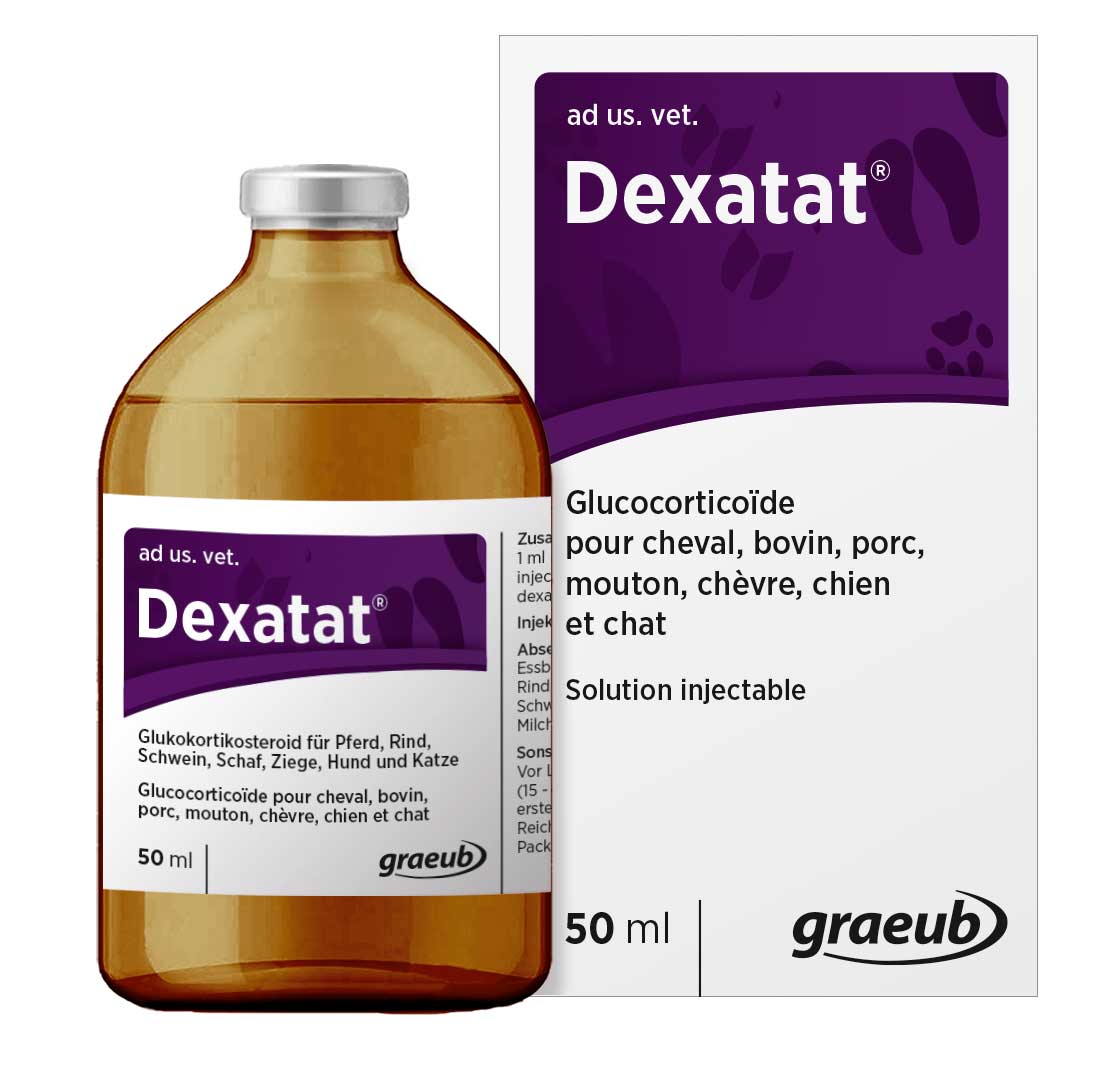
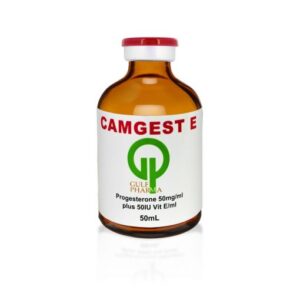
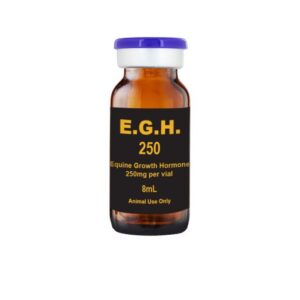
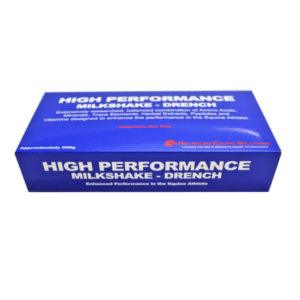
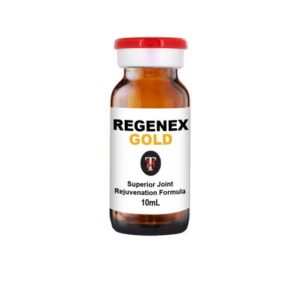
Reviews
There are no reviews yet.